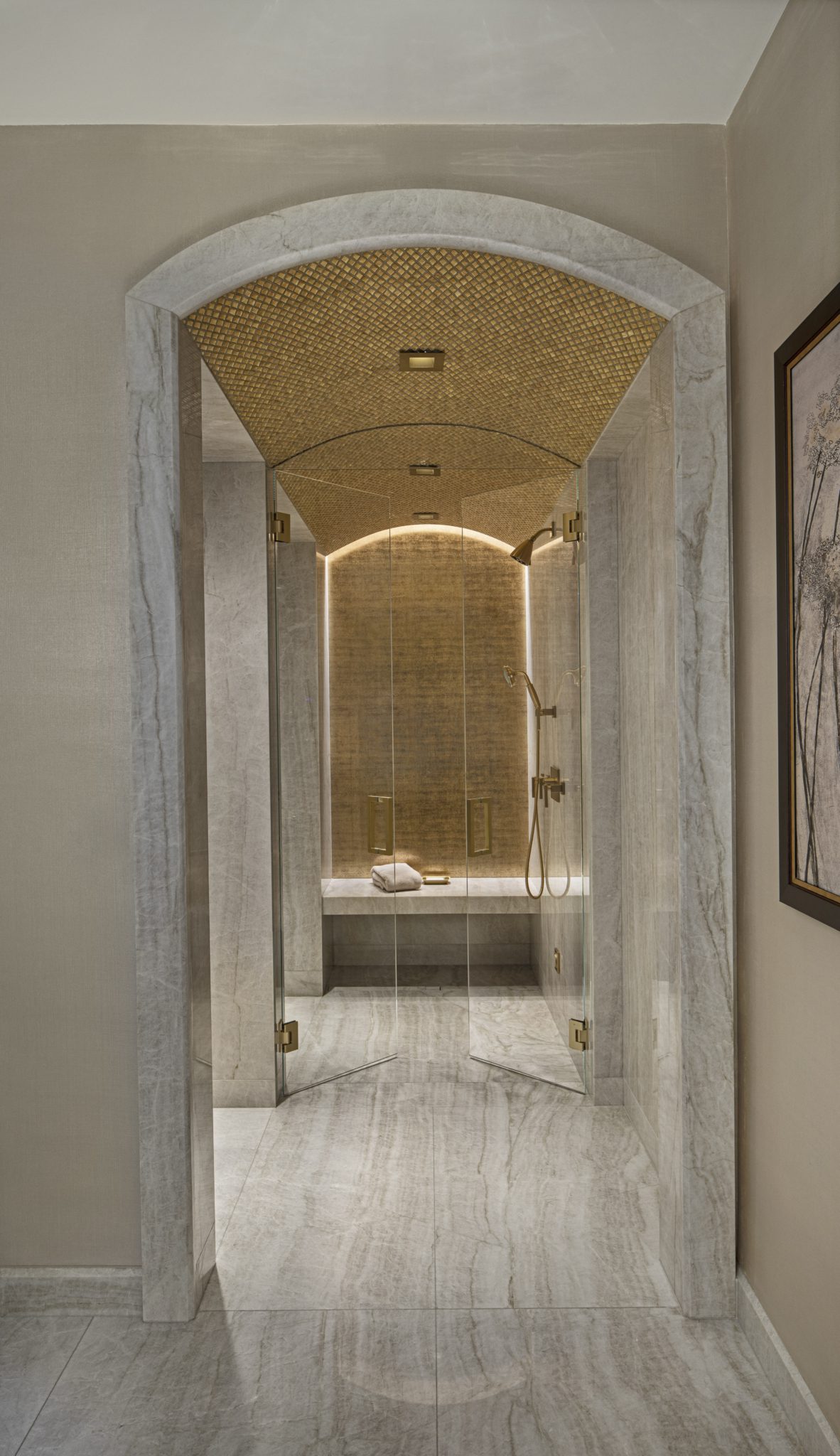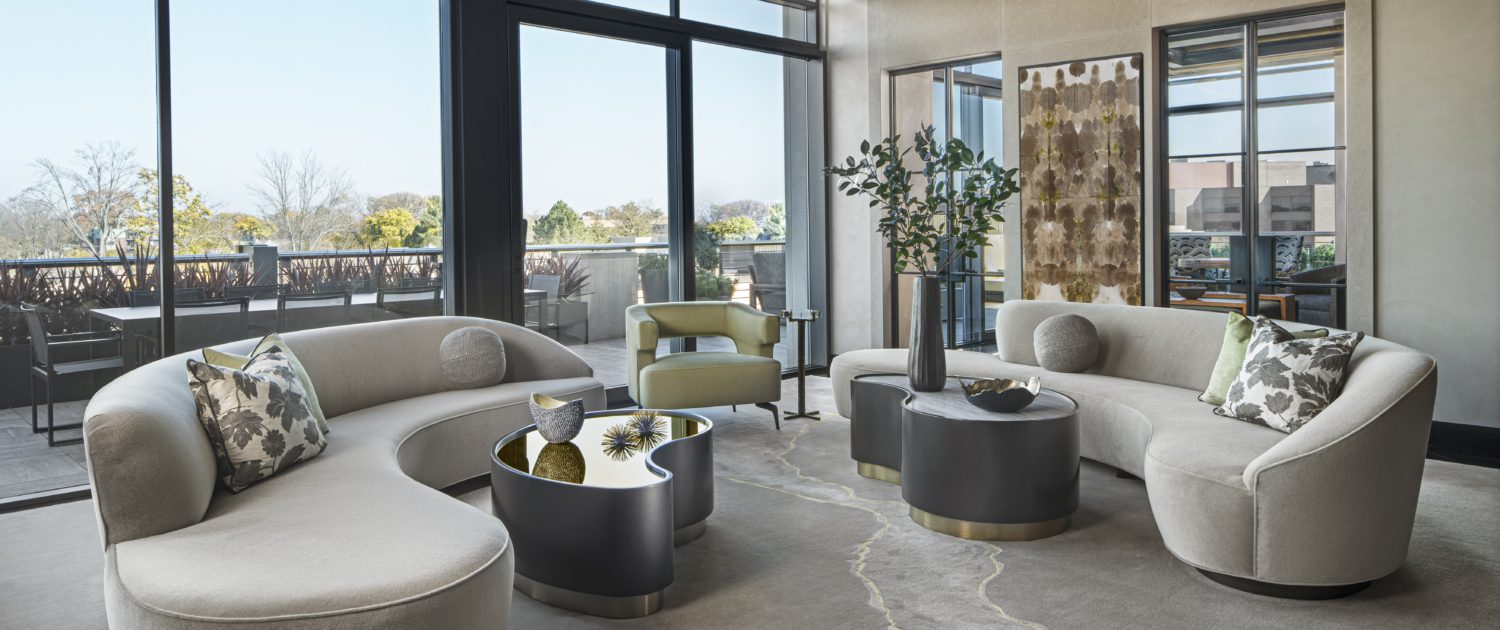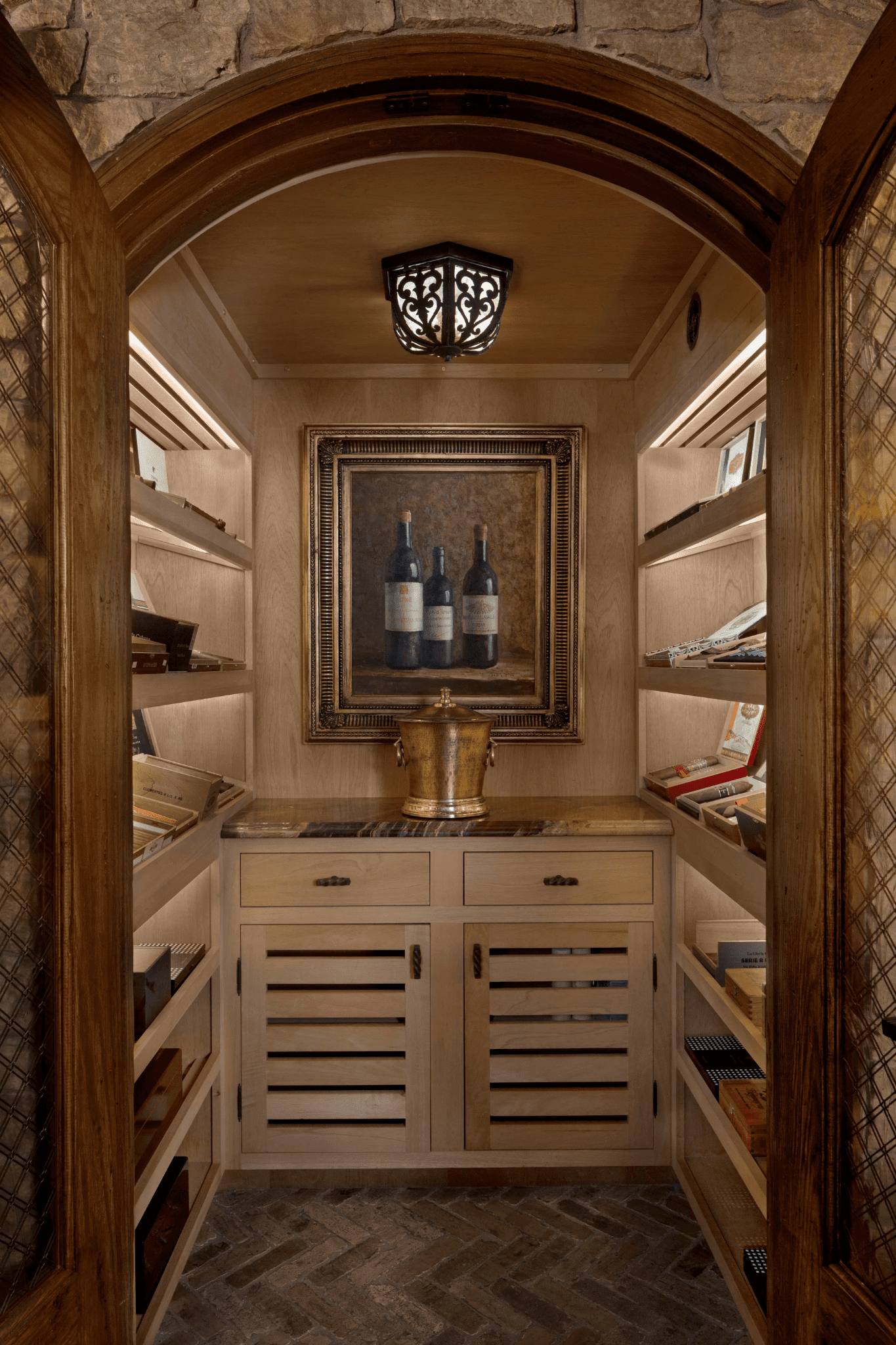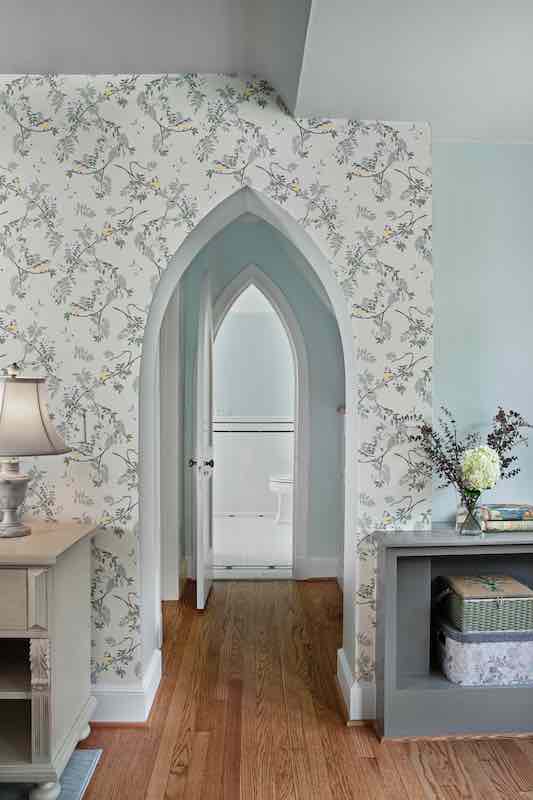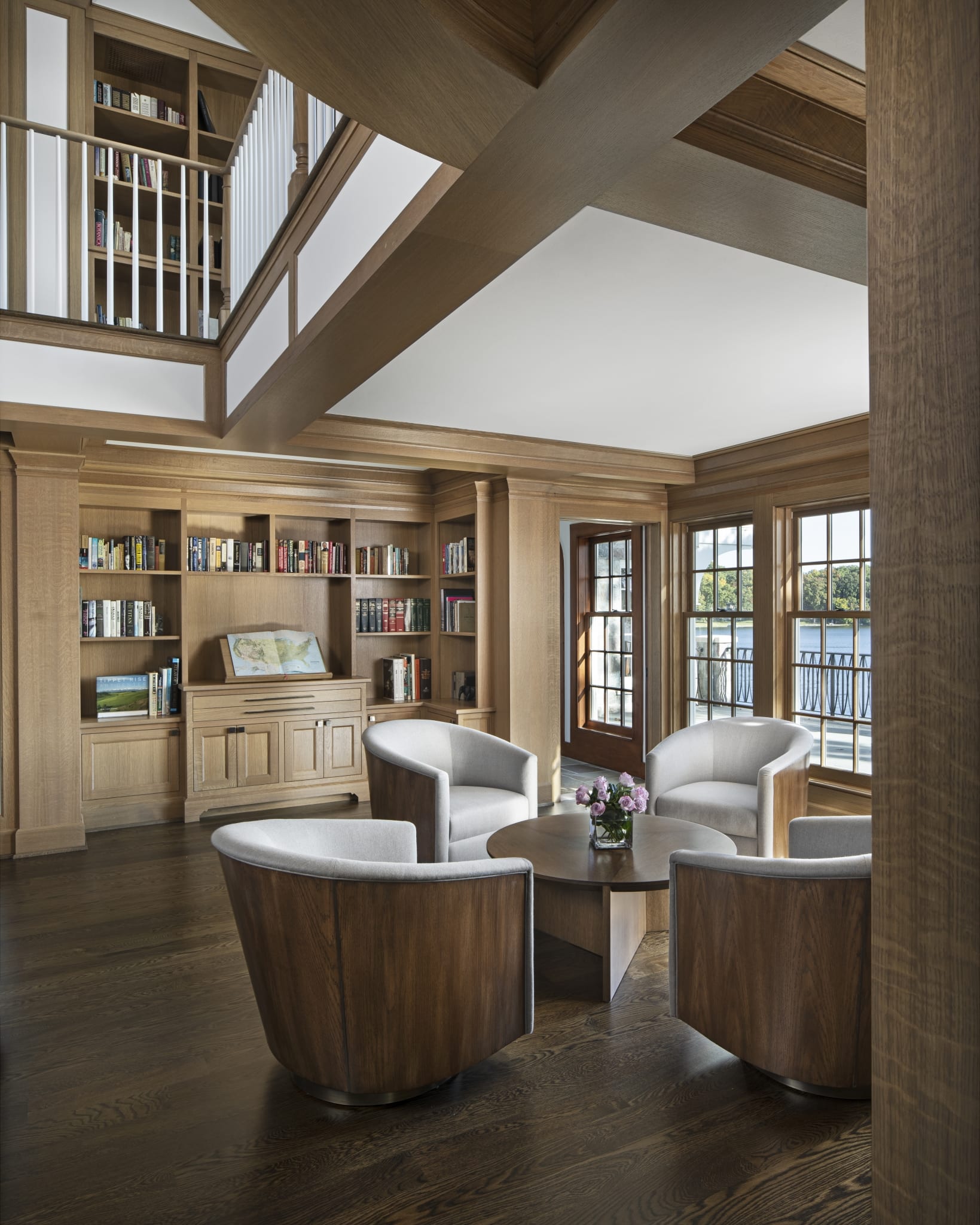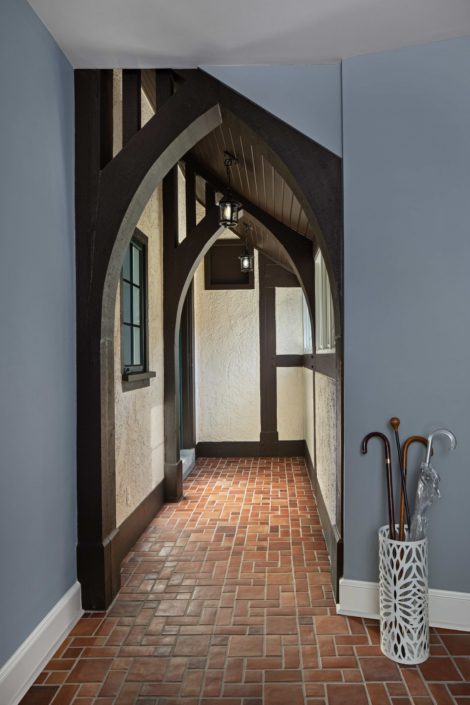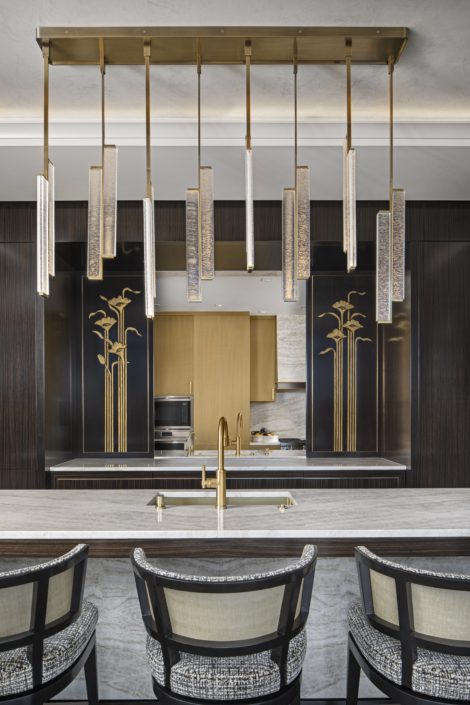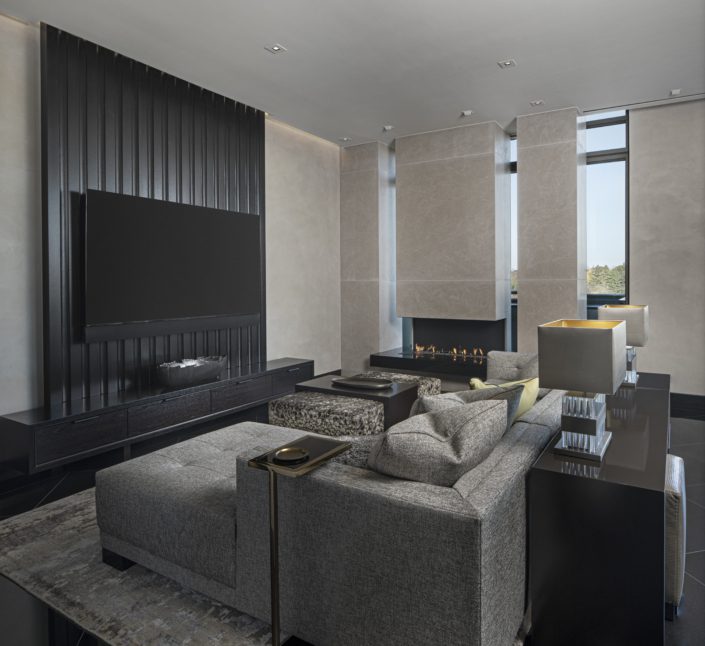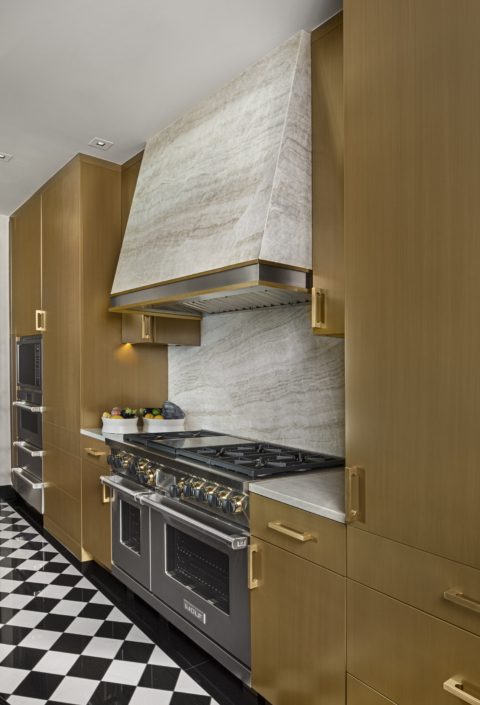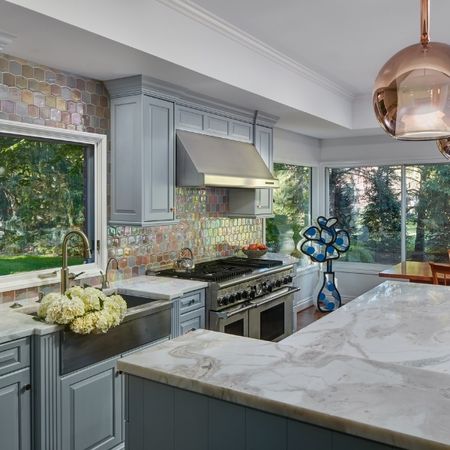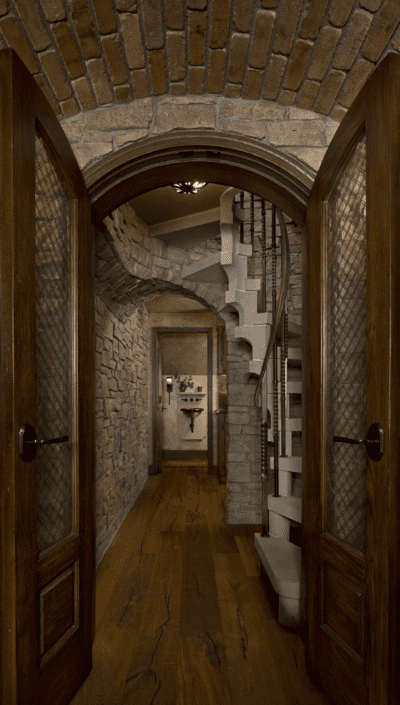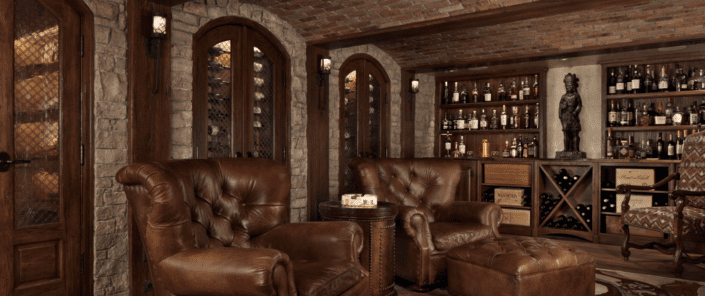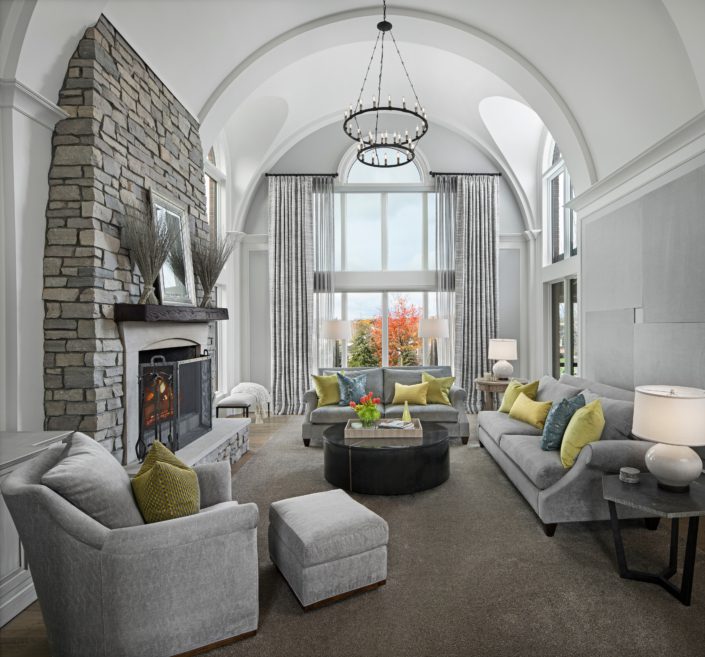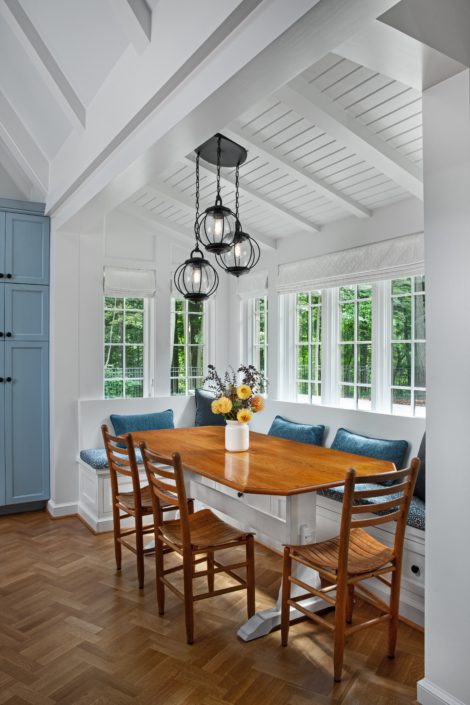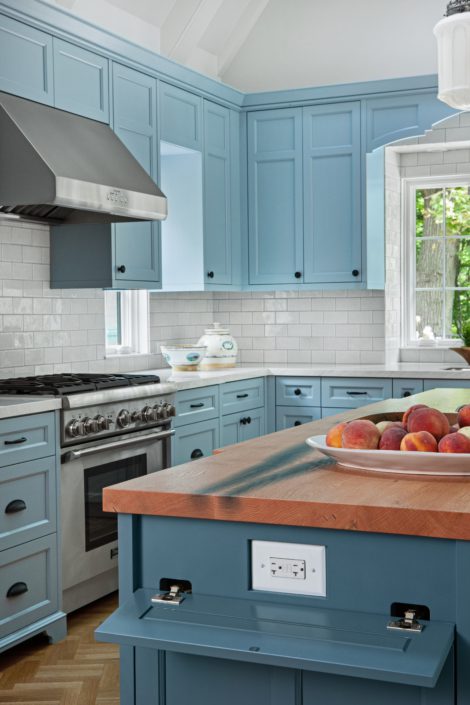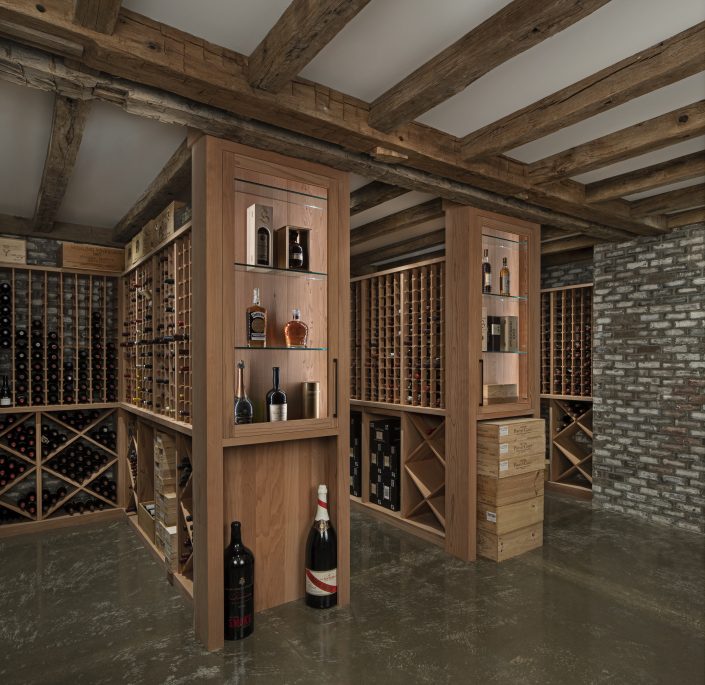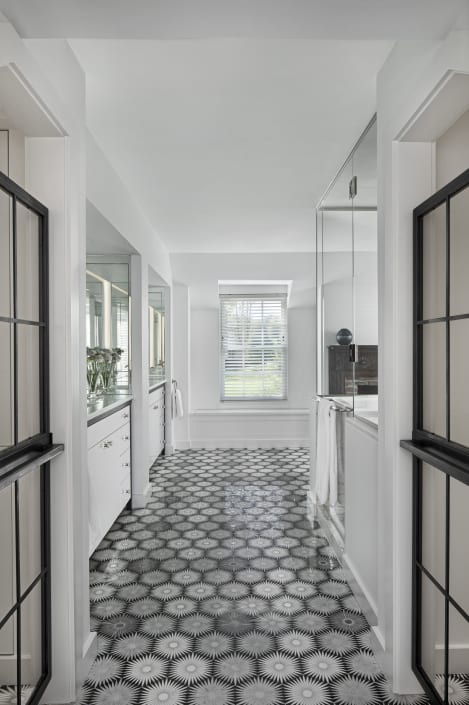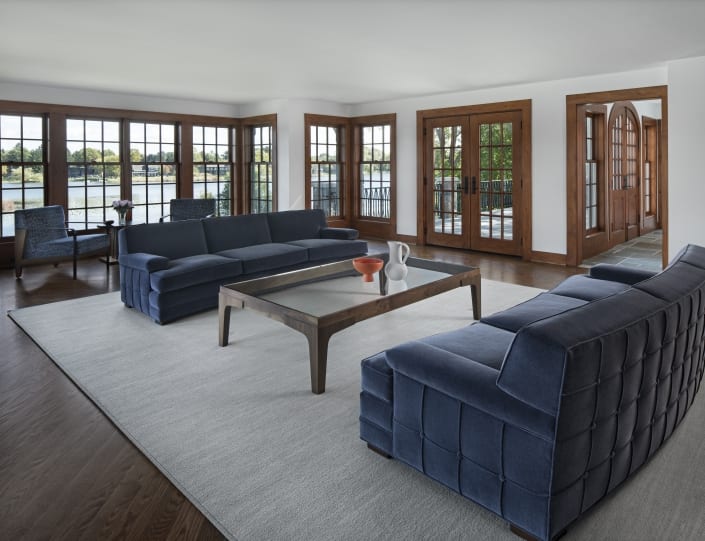Michigan Interior Designers
Michigan is known for its diverse range of interior design styles and influences. The state has a thriving interior design industry, with a mix of professional designers, design firms, and talented individuals who contribute to the field.
Interior Designers
Along with Design Companies, Michigan is home to several design communities and organizations that foster collaboration, networking, and professional development.
These communities provide platforms for designers to showcase their work, share ideas, and stay updated on industry trends.
Examples include the Michigan Design Center, Detroit Design Network, and Grand Rapids Interior Design Association.
As Michigan thrives in constant innovative trends and creative culture, there are a few specific Interior Design Firms in Michigan that stand out.
The list below is just the start of many striking design firms that are offering exquisite design services to the state:
–IAI Interiors: Located in Bloomfield Hills, Michigan but servicing the entire State. IAI is known for their proactive design services that are tailored to clients seeking extraordinary interior environments.
-dPOP!: Based in Detroit, dPOP! is known for its innovative workplace design. They specialize in creating dynamic and engaging office environments that reflect a company’s culture and enhance productivity.
-Vos Interior Design: Vos Interior Design, based in Grand Rapids, specializes in residential and commercial design. They are known for their attention to detail, functional designs, and ability to create spaces that reflect their clients’ personalities.
The State’s urban centers, such as Detroit and Grand Rapids, have witnessed a resurgence in recent years.
This revitalization has led to an increased demand and focus on urban interior design.
Adaptive reuse projects, loft-style apartments, and repurposing of historic buildings are common features of interior design in these areas.
Interior design contributes to the aesthetic appeal and visual harmony of its surroundings.
It combines elements of art, architecture, and functionality to create visually pleasing and cohesive spaces.
The geography of said design greatly affects the outcome of each endeavor, Michigan is unique in many ways to the Interior Design that it demands.
Interior Designer
In Michigan, interior designers have been instrumental in elevating the aesthetic appeal and functionality of various spaces through the strategic application of design principles.
By skillfully employing concepts such as balance, proportion, color theory, and scale, these designers have transformed ordinary spaces into extraordinary ones.
The result is a visual harmony that goes beyond mere decoration, creating environments that resonate with the unique character of the communities they serve.
Meanwhile, the thoughtful application of color theory brings vibrancy and coherence to interiors, influencing the mood and atmosphere of the spaces.
Scale considerations ensure that the size of elements is proportionate to the overall space, preventing overcrowding or a sense of emptiness.
These well-designed interiors not only enhance the aesthetic appeal of their surroundings but also contribute to a broader sense of unity within Michigan communities.
The thoughtfully curated designs serve as a common thread that ties together the diverse fabric of communities, whether small or large.
The interiors become more than just visually appealing—they become spaces that foster a sense of connection and identity among residents.
For those seeking the expertise of an interior design firm in Michigan, IAI Interiors stands out as a notable option. When you contact IAI Interiors, you can initiate the process of bringing your design aspirations to life. Whether it’s a residential space, commercial establishment, or community project, IAI Interiors has the expertise to turn ideas into reality, creating spaces that not only look beautiful but also contribute to the cohesive and harmonious nature of Michigan’s diverse communities.
Interior Designer
In Michigan, interior designers have been instrumental in elevating the aesthetic appeal and functionality of various spaces through the strategic application of design principles.
By skillfully employing concepts such as balance, proportion, color theory, and scale, these designers have transformed ordinary spaces into extraordinary ones.
The result is a visual harmony that goes beyond mere decoration, creating environments that resonate with the unique character of the communities they serve.
Meanwhile, the thoughtful application of color theory brings vibrancy and coherence to interiors, influencing the mood and atmosphere of the spaces.
Scale considerations ensure that the size of elements is proportionate to the overall space, preventing overcrowding or a sense of emptiness.
These well-designed interiors not only enhance the aesthetic appeal of their surroundings but also contribute to a broader sense of unity within Michigan communities.
The thoughtfully curated designs serve as a common thread that ties together the diverse fabric of communities, whether small or large.
The interiors become more than just visually appealing—they become spaces that foster a sense of connection and identity among residents.
Interior Design:
The Evolution of life’s most functional form of art
The evolution of interior design encapsulates a rich tapestry of artistic and cultural movements, each leaving an indelible mark on the aesthetics of living spaces.
In ancient civilizations, such as Egypt, where interior design was an integral part of architectural prowess, grand structures featured intricate hieroglyphics, wall paintings, and furniture crafted with a meticulous blend of functionality and luxury.
The medieval period brought forth the grandeur of Gothic architecture, reflected in the soaring arches of cathedrals and the stout functionality of furniture within castles.
With the Renaissance came a resurgence of classical ideals, as interiors became canvases for harmony and proportion. Elaborate tapestries, ornate furniture, and frescoes adorned the living spaces of the elite.
The subsequent Baroque and Rococo eras saw interiors saturated with opulence, marked by elaborate embellishments, plush furnishings, and dramatic plays of light.
The Neoclassical period, in contrast, sought inspiration in the simplicity of ancient Greek and Roman design, giving rise to interiors characterized by clean lines and classical motifs.
The Victorian era, a time of social and industrial transformation, witnessed a fusion of styles such as Gothic Revival and Rococo Revival, resulting in interiors featuring dark, heavy furniture, intricate patterns, and a palette of rich colors.
The turn of the 20th century ushered in the Art Nouveau movement, embracing organic forms and nature-inspired elements in a departure from the rigid structures of the past.
As modernism took hold in the early 20th century, a radical shift occurred towards functionality, simplicity, and the use of innovative materials.
Movements like Bauhaus and the International Style epitomized this departure from excess ornamentation.
The mid-20th century brought about Mid-Century Modern design, celebrated for its clean lines, simplicity, and the incorporation of new materials such as plywood and molded plastics.
In the latter half of the 20th century, postmodernism emerged as a rejection of modernist principles. Interiors became eclectic canvases, embracing historical references and playful design elements.
In the contemporary era, interior design is a dynamic reflection of our evolving lifestyles.
Technology, sustainability, and a heightened focus on well-being have become integral considerations in creating personalized and functional living spaces that cater to the diverse needs and preferences of a rapidly changing society.
The evolution continues as interior designers and interior decorators navigate the complexities of a digital age, forging a new chapter in the ongoing narrative of design innovation.
Detroit Interior Designers
A Detroit-based interior designer faces a unique set of challenges and opportunities shaped by the city’s history, economic fluctuations, and cultural dynamics.
Detroit has experienced significant urban transformation in recent years and will continue to see a lot of change in the coming years.
These factors can influence the work of local interior designers in various ways:
Urban Renewal and Redevelopment:
Detroit has undergone urban renewal efforts, with the revitalization of certain neighborhoods and the adaptive reuse of historic buildings.
Interior designers may need to navigate the balance between preserving historical elements and integrating modern design concepts in these spaces.
Economic Factors:
The economic history of Detroit, particularly with its ties to the automotive industry, has seen periods of both prosperity and decline.
Designers may need to adapt to varying client budgets, economic fluctuations, and the need for cost-effective yet aesthetically pleasing design solutions.
Cultural Diversity:
Detroit is known for its rich cultural diversity and a vibrant arts scene.
Interior designers must be attuned to the diverse tastes and preferences of clients from different cultural backgrounds, ensuring that designs resonate with the local community.
Industrial Aesthetics:
Detroit’s industrial past has left an imprint on its aesthetic landscape.
Some clients may seek designs that pay homage to the city’s industrial heritage, incorporating elements like exposed brick, steel, and reclaimed materials.
Sustainability and Urban Agriculture:
Detroit has seen a rise in urban agriculture initiatives and a growing interest in sustainability.
Interior designers may find clients seeking eco-friendly design solutions, with an emphasis on locally sourced materials and energy-efficient practices.
Community Engagement:
Given Detroit’s strong sense of community, interior designers may find it beneficial to engage with local communities and incorporate community input into their designs.
This can involve collaborating with local artists, supporting local businesses, and understanding the unique needs of the community.
Adaptation to Change:
The city has experienced shifts in demographics, preferences, and urban dynamics.
Interior designers need to stay adaptable and innovative, keeping abreast of evolving trends while respecting the historical and cultural context of Detroit.
Technology Integration:
Detroit’s emergence as a hub for technology and innovation may influence design preferences.
Interior designers may need to incorporate smart home technologies and cutting-edge solutions to meet the demands of tech-savvy clients.
By embracing the challenges unique to Detroit, local interior designers have the opportunity to contribute to the city’s ongoing narrative of transformation, playing a role in shaping spaces that reflect both its rich history and its future potential.
IAI is proud to be among these innovative designers in Detroit and sees the surrounding businesses as comrades in the ever changing art of Interior Design.



